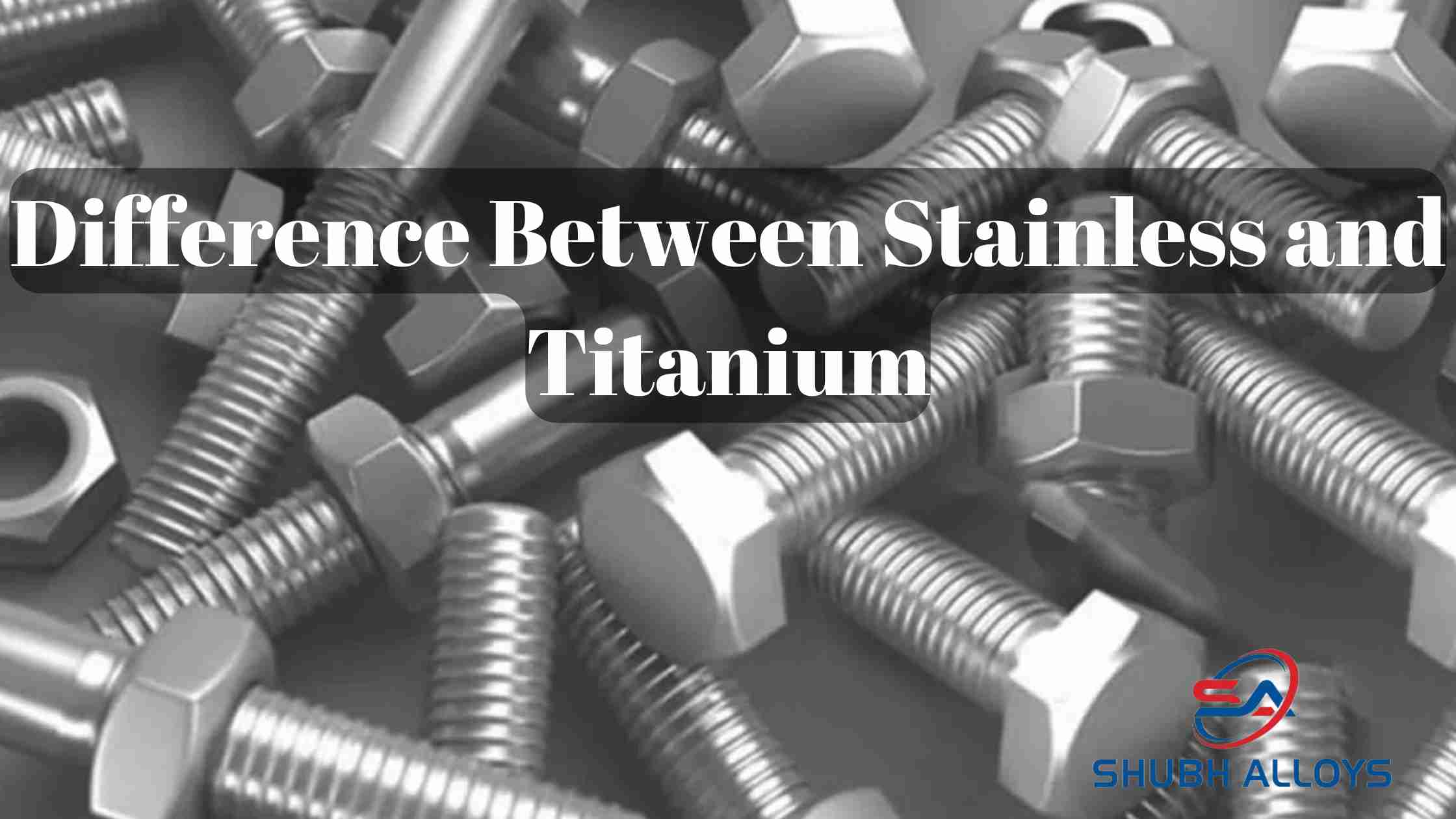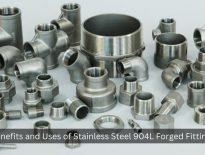
What is Stainless Steel?
As alloy steel, stainless steel has been mixed with one or more other elements to alter its properties. The term “alloying” describes the process of combining different metals. To offer it corrosion resistance and the capacity to withstand temperature changes, stainless steel is frequently manufactured with between 10 and 30 percent chromium and 70 percent iron. The characteristics of Stainless Steel 904L Nuts include high tensile strength, durability, dimensional correctness, and good corrosion resistance. When other elements are used, it is typically done so as to improve the steel’s resistance to oxidation and corrosion. Sometimes, other elements like titanium, copper, aluminum, sulfur, nickel, selenium, niobium, nitrogen, phosphorus, or molybdenum are added to the metal mixture.
What is Titanium?
Titanium is a metallic element with a silvery to grey hue. Its chemical element symbol is Ti. As a result of its high strength-to-weight ratio, it produces a very powerful compound. In addition to having a high heat transfer efficiency, titanium also has a high level of corrosion resistance. It is therefore extremely desired for usage in several industries, such as building, where weather conditions and temperature variations can have a negative impact on structural parts. Titanium Fasteners are durable since they have a high mechanical resistance level. Because of its low density and lightweight, it is more desirable in several industries.
Difference between Stainless Steel and Titanium
Titanium is frequently chosen when weight is more important than strength. Industries that prioritize weight above strength, on the other hand, favor stainless steel. Although titanium is less dense than steel, it is nevertheless just as strong, making it ideal for some industries, such as aerospace, which demands both strength and lower density.
However, titanium is more expensive than stainless steel, making it unaffordable for several sectors, including the building industry, which requires vast amounts. Therefore, if both materials are deemed appropriate, stainless steel is occasionally chosen over titanium when the cost is a significant factor.
While titanium is very resistant to fatigue brought on by erratic fluctuations in temperature, stainless steel is prone to fatigue and fracturing. As a result, titanium is a superior material to use when temperature changes cause extreme highs or lows.
Due to its high biocompatibility, titanium is frequently employed in the dentistry and medical industries for hip implants, knee replacements, and dental implants. Titanium is frequently used to produce jewelry because of its biocompatibility, corrosion resistance, and lighter weight than stainless steel.
Stainless steel is popular for usage in many sectors because it can be easily formed and is both weldable and formable. Because of its gleaming appearance, stainless steel is frequently used to produce things for the home and for the healthcare industry, including sinks, countertops, portable carts, storage, and tables.
Around the world, stainless steel and titanium are employed in many different sectors. Both are strong, corrosion-resistant, and very long-lasting. Usually, the type of metal chosen depends on its intended application.


